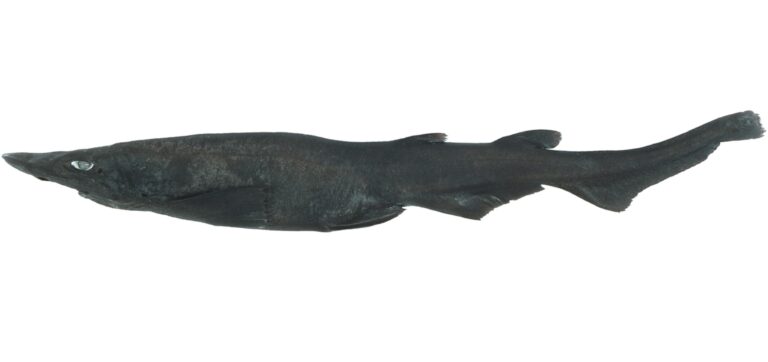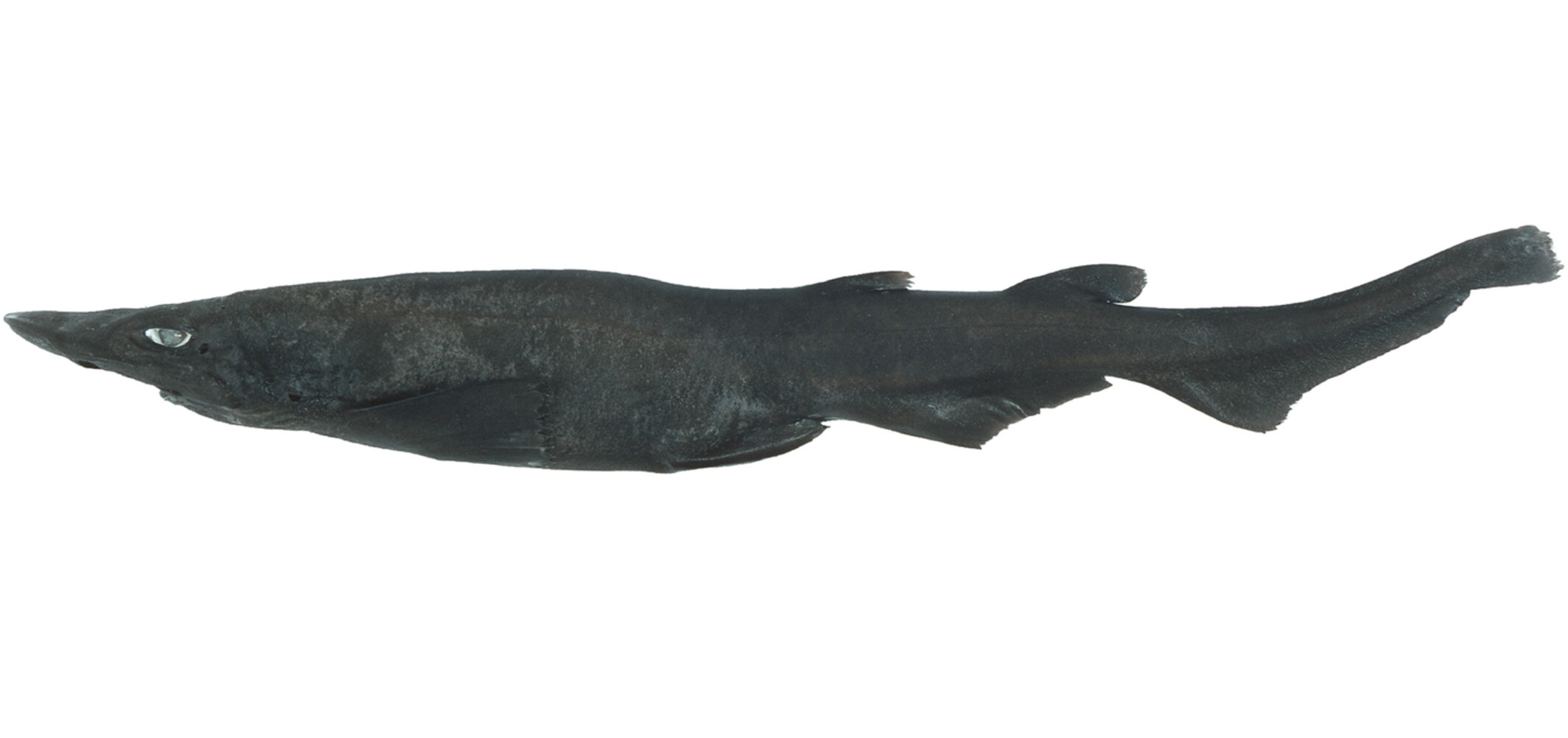
[ad_1]

Researchers in Australia recently discovered a new species of demon catshark – a dusky deepwater shark with striking white eyes – by following a trail of some odd-looking eggs. Years ago, Brett Human, then a volunteer at the Western Australian Museum, came across an odd, yolk-yellow shark egg in the museum’s collection that had deep T-shaped ridges. Female catsharks incubate the eggs in their bodies for a while before sticking them to the sea floor, where they can take many months to hatch.
Shark egg cases, also called “mermaid’s purses,” are striking, but even within this eclectic category, Human’s egg stood out. He later matched it to a small collection of similar eggs recovered from Rowley Shoals in 1989, a coral reef to the northwest of Australia, and published his findings in 2011.
Inside one of the eggs, he found a small embryo that seemed to match the Apristurus genus of small catsharks.
Read More: What’s Unique About the Blue Shark?
How Did Scientists Find the Mystery Shark?
The Apristurus “demon catsharks” are small sharks that dwell deep underwater, where they feed on small fish and crustaceans and pose no threat humans, despite their name. Human thought the eggs might belong to the genus’ species A. bucephalus or A. sinensis, but when he and researcher William White went to examine specimens of each, they found eggs that lacked the telltale ridges.
Years later, White and other researchers with the Australian National Fish Collection (the authors of the new paper) discovered two more ridged eggs and continued the search to pin down the species that had made such unusual artifacts.
Many of the eggs had come from a depth of 410 to 504 meters off the northwest shelf of Australia, so the researchers searched the country’s fish databases for specimens recovered at the same depth. They eventually hit upon an 18-inch female catshark that they later learned was pregnant with the telltale ridged egg.
She belonged, they decided, to the colorfully named “brunneus” group of catsharks, which includes such members as the hoary catshark, the flaccid catshark, the humpback catshark and the milk-eye catshark. They also concluded that amongst other species, she was physically closest to A. sinensis, which Human had considered years before.
The teeth of the new demon shark species. (Credit: CSIRO)
A New Species of Catshark
But she had earned her own species, Apristurus ovicorrugatus, meaning corrugated egg, and joined a total of nine new catsharks added to the genus in the past 10 years. Some members of the group dive deeper than others: A. sinensis ranges down to 1,290 meters, whereas A. ovicorrugatus only goes down to about 550 meters on average, making it the shallowest dwelling.
But why such extreme ridges? They likely protect the developing sharks from predators and other sea life, the paper says, during the long process that turns them into young sharks. In general, catshark eggs are made of tough keratin-like collagen, yet they still allow for sea water to flow into the interior.
The resulting shark is a “raptorial” predator that’s sharply attuned to its environment with excellent senses of taste, hearing and smell. Catsharks can even detect changes in electrical fields within the water, which can lead them to moving fish.
Read More: We Saw An Increase In Shark Sightings This Summer, But Why?
[ad_2]